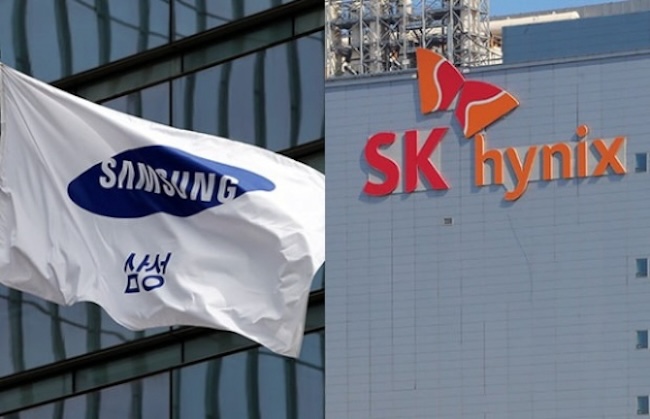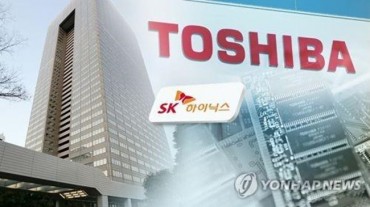
Fierce talent competition has prompted Samsung Electronics and SK Hynix to ease hiring criteria in the semiconductor industry. (Image courtesy of Samsung Electronics, SK Hynix)
SEOUL, Dec. 11 (Korea Bizwire) – Fierce talent competition has prompted Samsung Electronics and SK Hynix to ease hiring criteria in the semiconductor industry.
In response to a critical shortage of skilled labor in the semiconductor industry, both Samsung Electronics and SK Hynix have adopted a strategic approach to attract talent.
Notably, SK Hynix has recently expanded its recruitment efforts for experienced employees, offering 28 positions, including roles in DRAM design, package (PKG) development, quality assurance, and product planning. This move significantly augments opportunities in the high-bandwidth memory (HBM) sector, where SK Hynix holds a leading global position.
The company is now accepting applications from candidates with a minimum of two years of semiconductor-related experience, a notable departure from its previous requirement of four to five years.
Meanwhile, Samsung Electronics’ semiconductor division has been steadily relaxing its criteria for experienced applicants since February.
The division has conducted multiple recruitment processes throughout the year, targeting experienced professionals for various roles within the Memory Division, System LSI Division, and Foundry Division, as well as three semiconductor research centers and the Samsung Advanced Institute of Technology (SAIT, formerly known as Korea Advanced Institute of Technology).
The company has adjusted its hiring criteria, recognizing the period between master’s and doctoral degrees as valuable experience.
This shift in recruitment strategies by both companies is a response to the acute labor shortage in the semiconductor industry, driven by the rapidly evolving landscape and the difficulty in securing top-tier talent.
An industry official noted that the labor shortage has prompted a shift towards prioritizing talent acquisition, even if immediate workplace integration is not feasible, with an emphasis on on-site training.
However, the adjustments in hiring criteria, while significant, may not be sufficient to alleviate the semiconductor labor shortage.
According to the Korea Semiconductor Industry Association’s ‘Semiconductor Industry Manpower Forecast for the Next 10 Years,’ released last year, a shortage of 56,000 workers is projected by 2031.
Despite an increase in the supply of semiconductor-related manpower in Korea, estimates suggest a persistent shortage of at least 30,000 to 50,000 professionals.
Importantly, the semiconductor labor shortage extends beyond domestic borders and intensifies the global talent competition. The Semiconductor Industry Association of America forecasts a shortage of 67,000 jobs by 2030, while the Japan Electronics and Information Technology Industry Association (JEITA) estimates a need for an additional 35,000 workers at major technology companies.
Kevin Lee (kevinlee@koreabizwire.com)






